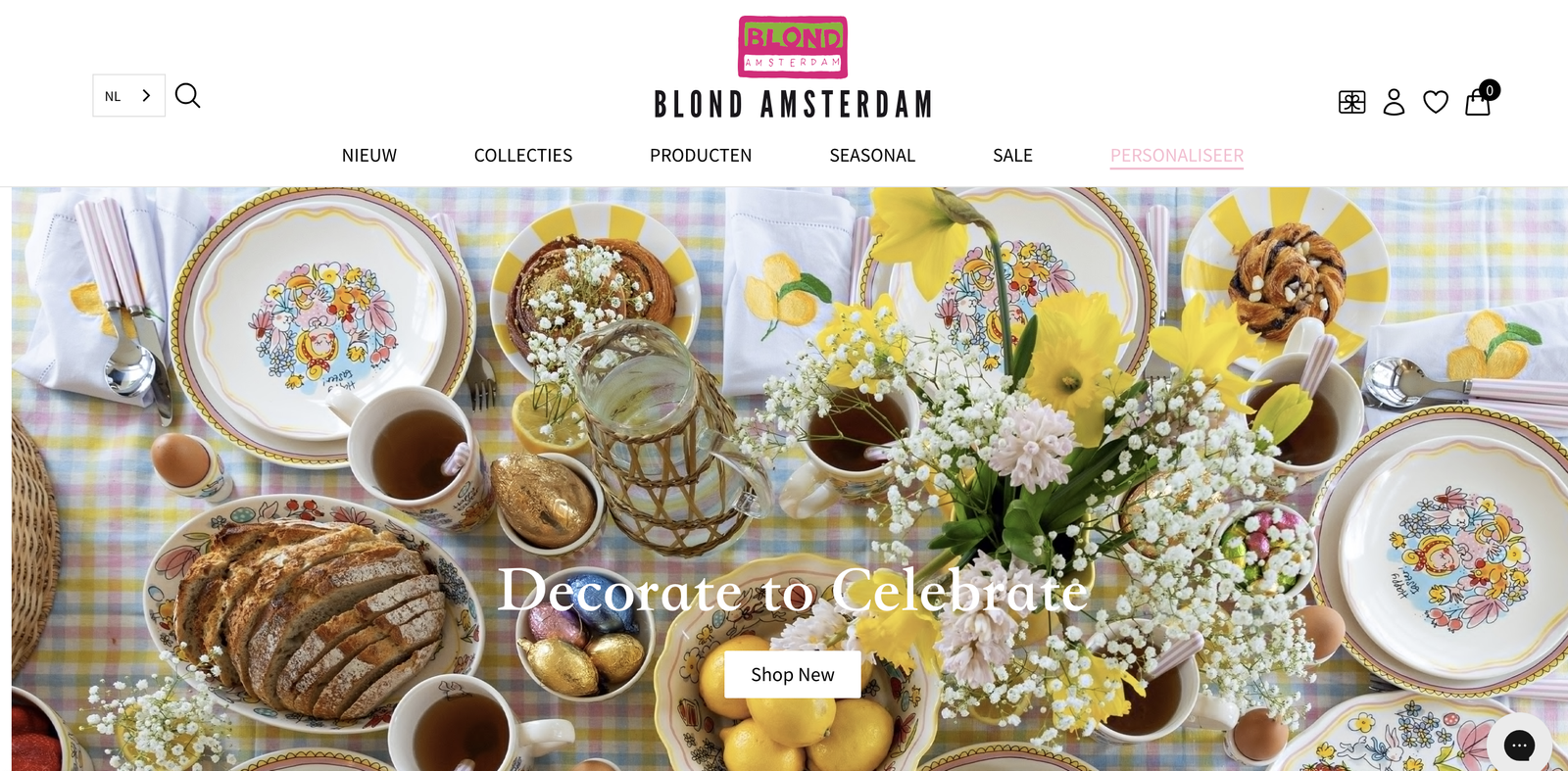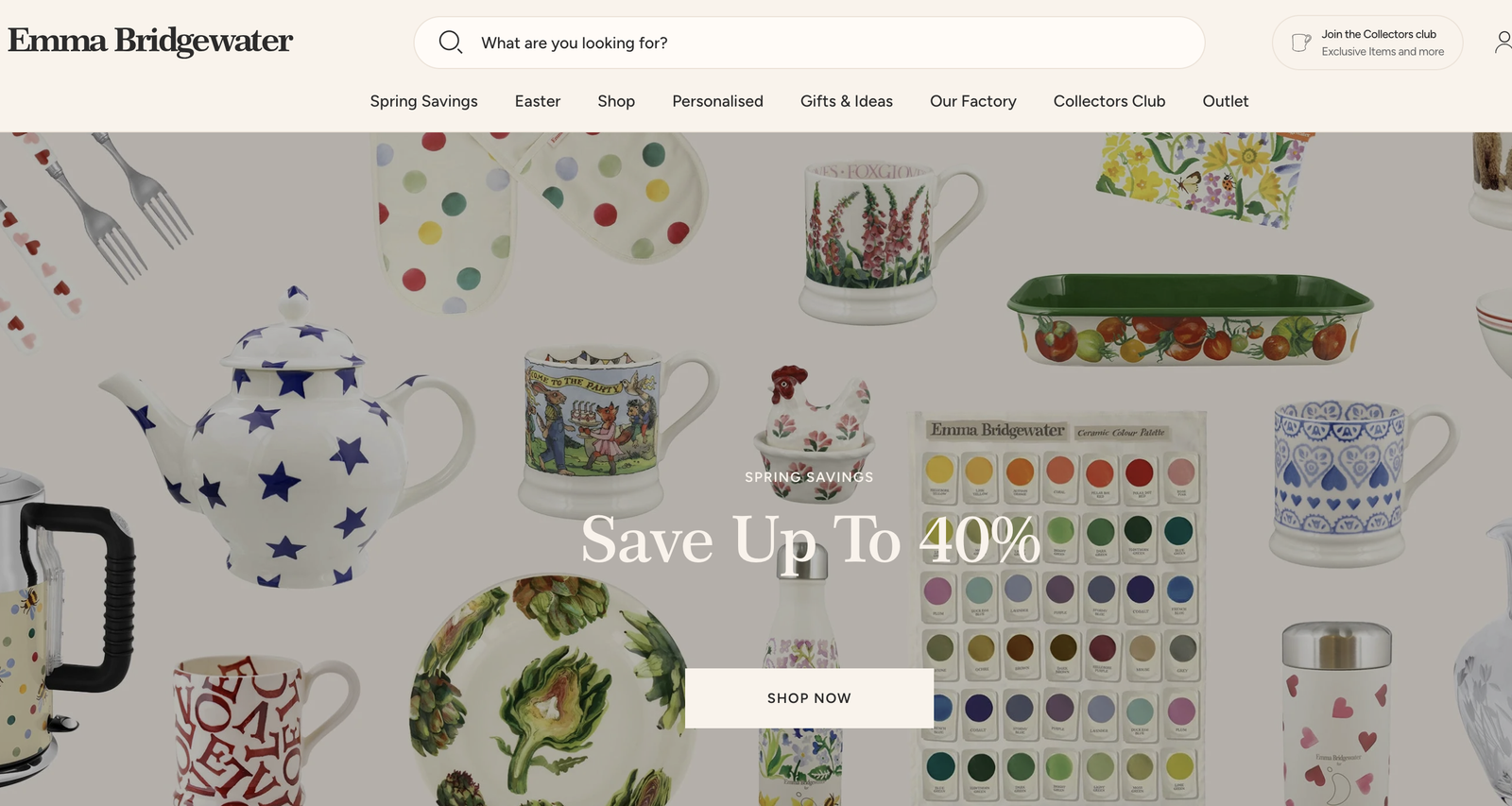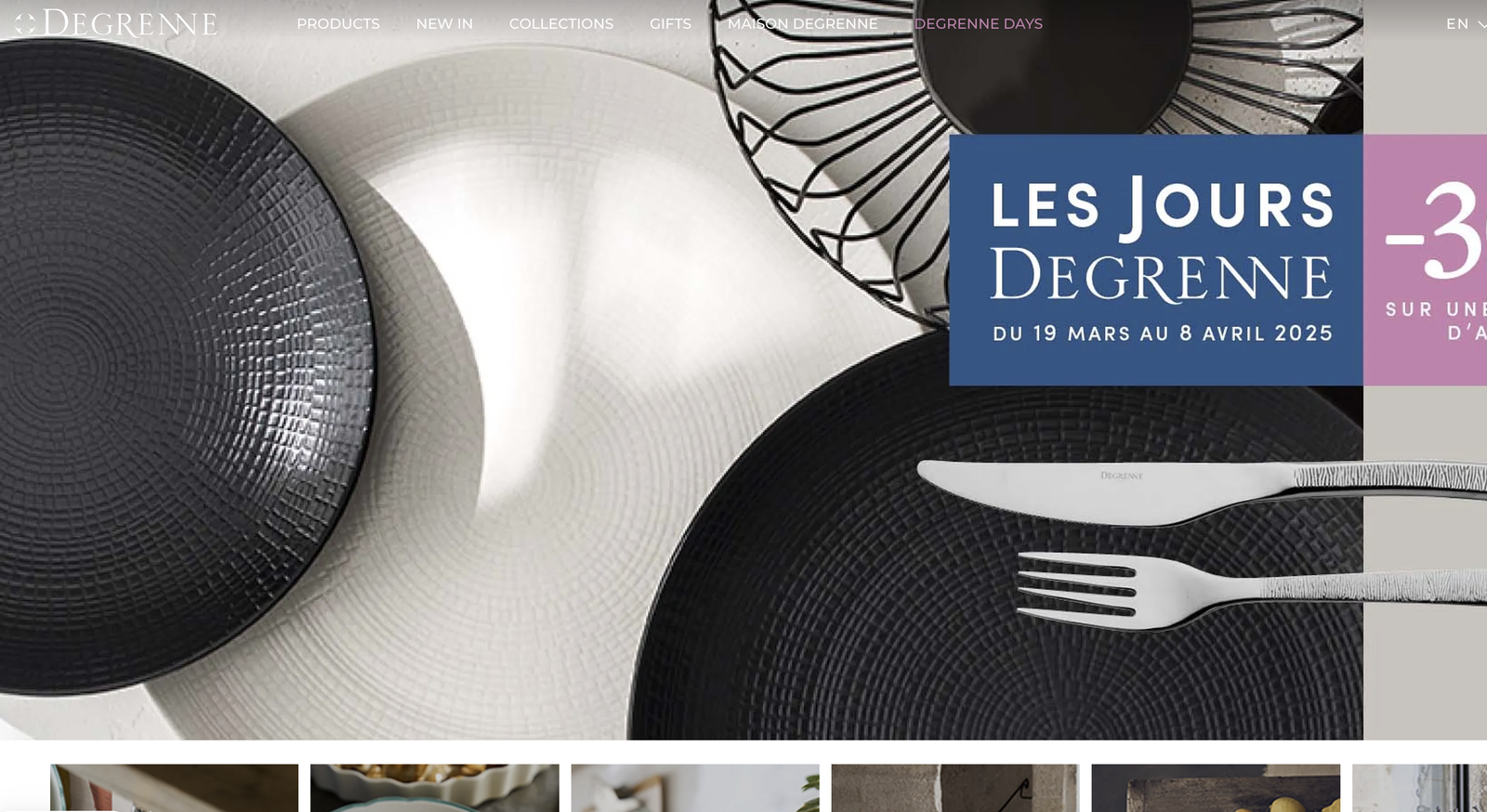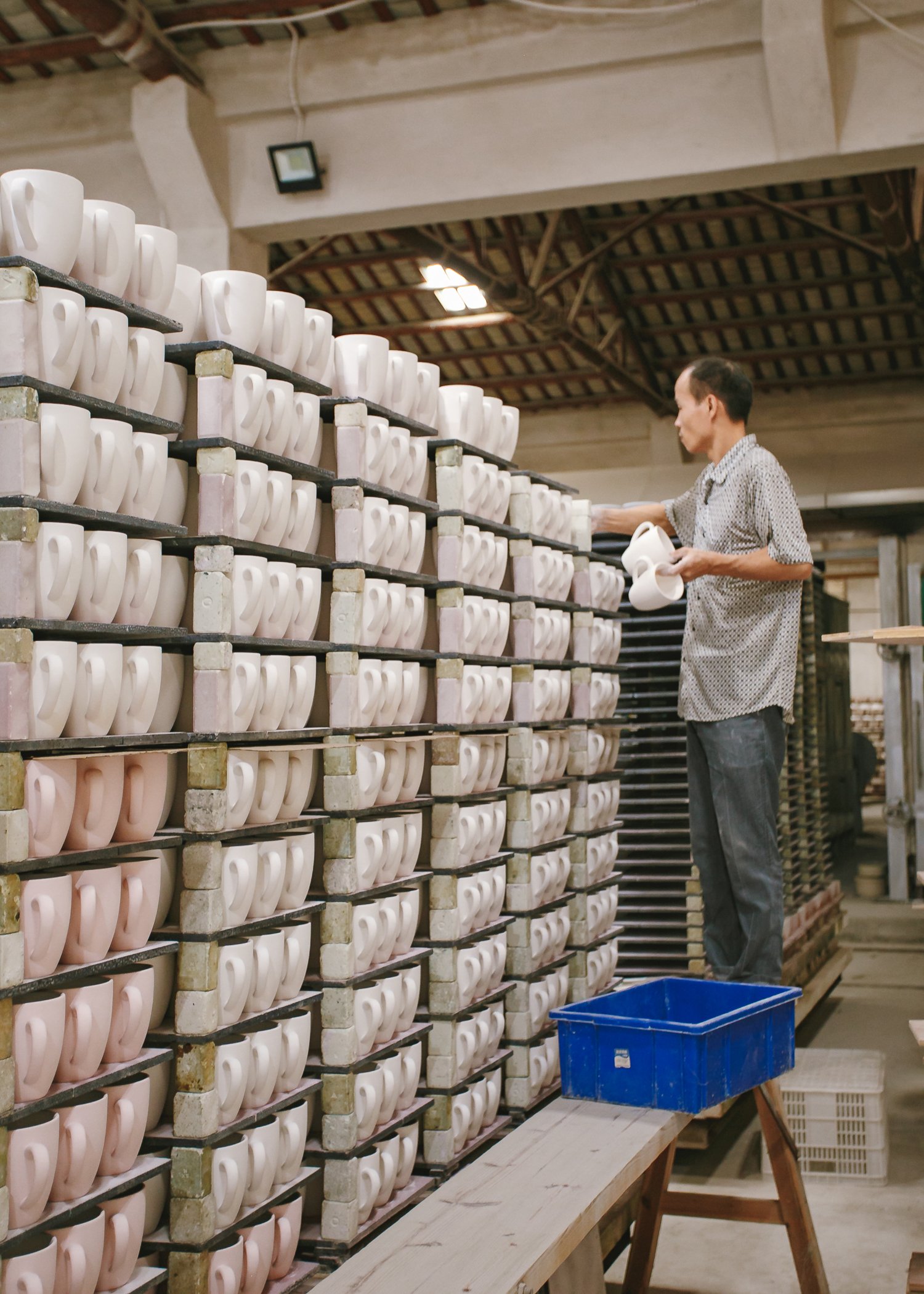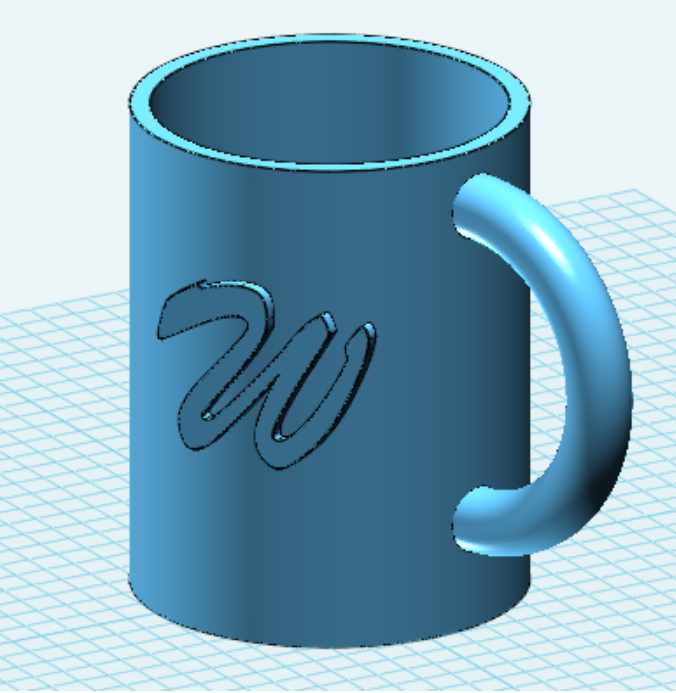In today’s European gift market, where emotional expression and personal identity are increasingly valued, a simple ceramic coffee mug is quietly becoming a driving force behind industry growth. You may not have noticed, but from boutique designer shops in Berlin to department stores in Paris, more and more consumers are choosing a uniquely designed mug as a birthday present, Christmas gift, or even a corporate giveaway.
But why ceramic coffee mugs? And why now? Behind this trend lies a broader shift in consumer habits—from practical use to meaningful gifting—and a supply chain that has evolved to meet it. Let’s dive into why ceramic coffee mugs have become the new star of Europe’s gift scene.
1. Why Are Ceramic Coffee Mugs the New Favorite Gift?
In Europe, coffee is more than just a beverage—it’s a lifestyle. People don’t just drink coffee; they savor their personal “me time.” And ceramic coffee mugs have become the perfect vessel for that experience.
- Personalization: Modern consumers prefer mugs with stories—patterns, photos, even names.
- Eco-conscious appeal: Compared to disposable cups, ceramic mugs are reusable, non-toxic, and heat-resistant, aligning with Europe’s growing environmental awareness.
- Aesthetic value: With increasing demand for design, ceramic’s versatility offers endless creative potential.
- Emotional connection: A mug can carry a couple’s photo or a thank-you message, blending function with sentiment.
2. Different Preferences Across European Countries
Although demand for ceramic coffee mugs is growing across Europe, consumer preferences vary by country. Here’s a comparative table that breaks down what buyers in key European markets are looking for:
| Country | Consumer Style | Popular Brands | Preferred Mug Size/Shape | Common Use Scenarios | Design Preferences |
|---|---|---|---|---|---|
| Germany | Practical, focused on quality | Villeroy & Boch, Rosenthal | 350ml straight mugs | Office, family breakfast | Minimalist modern, gray/blue tones |
| France | Romantic, artistic | Revol, Pillivuyt, Degrenne | 280ml latte mugs | Afternoon tea, small parties | Hand-painted, soft pastels |
| Italy | Handcrafted & stylish | Richard Ginori, Bitossi Home | 300ml small handle mugs | Cafés, home kitchens | Vintage, floral prints |
| UK | Vintage, countryside chic | Emma Bridgewater, Dunoon | 400ml collector’s mugs | Morning tea, family events | Retro prints, natural motifs |
| Netherlands | Nordic minimalist | Blond Amsterdam, HK Living | 300ml matte rustic mugs | Gifting, friendship tokens | Handcrafted feel, geometric designs |
3. How Ceramic Mugs Became a Gift Market Hit
(1) Powered by Cross-Border E-commerce
Platforms like Etsy, Amazon Handmade, and Notonthehighstreet have seen a surge in demand for personalized ceramic coffee mugs. These platforms support customization, and consumers are embracing gifts that feel one-of-a-kind.
(2) Holiday-Driven Gift Boxes
From Valentine’s Day and Mother’s Day to Christmas, ceramic mug gift sets are leading the charge—especially when paired with biscuits, chocolates, or candles.
(3) Corporate Custom Orders & Brand Merch
More and more companies in Europe are opting for custom logo ceramic mugs as employee gifts or client giveaways. They’re practical, reusable, and help keep the brand top of mind.
4. What Makes a Mug Popular Among European Brands?
Many European home and lifestyle brands collaborate with ceramic factories—especially in China—for OEM and ODM mug production. Through design partnerships and custom manufacturing, these brands have carved out unique niches in the gift market.
Let’s look at some notable European brands and what sets their mugs apart:
1. Emma Bridgewater (UK)
Known for vintage British charm and heartfelt messaging. Their mugs often feature florals, animals, and the phrase “Made with Love.” Popular with middle-class families.
2. Bitossi Home (Italy)
Colorful, playful, and boldly designed. Often works with Italian designers and artists. Perfect for trend-forward consumers seeking statement pieces.
3. HK Living (Netherlands)
Minimalist with a rustic twist. Their mugs feature thick glazes and an intentionally “imperfect” handmade finish, perfect for Nordic-style homes.
4. Revol (France)
Though famous for professional-grade ceramics, Revol also offers gift-worthy mugs with bold designs. Often spotted in artisan cafés and homes.
5. Villeroy & Boch (Germany)
A heritage brand offering both household and corporate mug solutions. Sleek, balanced design appeals to practical buyers.
5. The Manufacturing Journey Behind a Ceramic Coffee Mug
The mug in your hand likely went through the following process:
- Raw Material Mixing: A blend of kaolin clay, quartz, and feldspar.
- Forming: Either by slip casting or hand-throwing, depending on the design.
- Drying & Bisque Firing: Pre-fired at ~800°C to remove moisture.
- Glazing & Decorating: Either hand-painted or with decals, based on the design brief.
- High-Temperature Firing: Final firing at 1200–1350°C to vitrify the ceramic.
- Inspection & Packaging: Quality checks for cracks, glaze consistency, and packaging aesthetics.
Every step requires expertise and consistency to meet the high visual and safety standards of the European market.
Frequently Asked Questions (FAQ)
Q1: Are ceramic coffee mugs microwave-safe?
Most high-fired ceramic mugs are microwave-safe. However, avoid placing mugs with metallic decals or gold rims in the microwave.
Q2: What are popular ceramic mug gift box combinations?
The most popular combos include “mug + specialty coffee + greeting card” or “mug + scented candle + handmade cookies.”
Q3: What certifications are needed for ceramic mugs exported to Europe?
LFGB and REACH compliance are standard requirements. For exports to the US, FDA certification is also needed.
Q4: Are ceramic mugs better gifts than glass mugs?
Ceramic mugs offer more design flexibility and visual appeal—great for holidays and personalized gifting. Glass mugs lean more toward everyday functionality.
Q5: What’s the typical MOQ for custom ceramic coffee mugs?
For OEM/ODM orders, minimum order quantities typically start around 500–1000 units, depending on the complexity of the design.
Conclusion
In a European market that’s increasingly driven by personalization, aesthetics, and sustainability, ceramic coffee mugs are becoming the gift of choice. Whether it’s for a holiday set, a romantic gesture, or a brand giveaway, a thoughtfully designed ceramic mug stands out in a sea of forgettable presents.
Behind this trend lies a robust supply chain of skilled manufacturers. In China, a number of experienced ceramic producers offer full-service OEM and ODM solutions to help European brands launch and scale custom mug lines.
EKA is one such manufacturer based in China, specializing in ceramic tableware and mugs. With a focus on high-quality production and deep experience in collaborating with global home and kitchenware brands, EKA provides custom solutions tailored to European market trends and design preferences.

